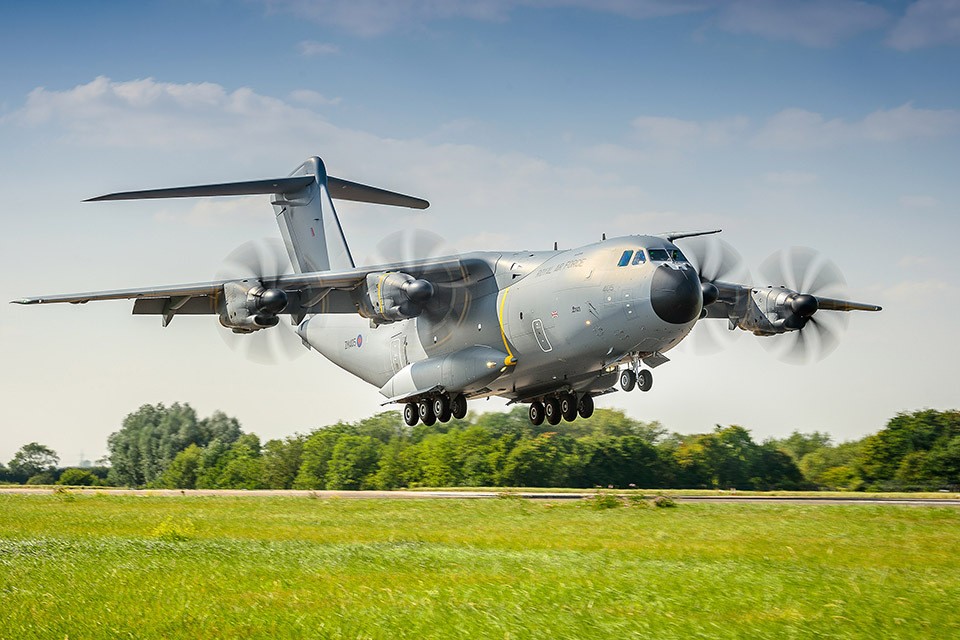British aircraft carriers have long been at the forefront of naval innovation, and their latest addition, the Queen Elizabeth-class aircraft carriers, stands as a testament to the country’s engineering prowess. These state-of-the-art vessels boast a unique feature that sets them apart from their predecessors and other carriers around the world: the presence of two islands. In this comprehensive article, we explore the reason behind this ingenious design and the multitude of benefits it brings to the functionality and efficiency of these extraordinary aircraft carriers.
The Significance of the Aircraft Carrier’s Island

An aircraft carrier’s island, towering above the flight deck, serves as a vital hub for managing flight operations and communication on the ship. It houses essential radar and communication equipment that facilitates the seamless coordination of aircraft takeoffs and landings as well as navigation through challenging waters.
The Evolution of Redundancy in Engine Compartments
In the early stages of designing the Queen Elizabeth-class aircraft carriers in 2001, the British Royal Navy faced the challenge of ensuring redundancy in engine compartments. Redundancy in propulsion systems is crucial for military vessels, as it allows the ship to continue operating even if one engine compartment is damaged during action. The traditional approach to accommodating redundant engine compartments involved a single, long island spanning both compartments. However, this design proved inefficient as it limited flight deck real estate, affecting aircraft operations.
The Innovation of Dual Islands

To overcome the limitations of the traditional single-island design, British engineers conceived a revolutionary approach: two separate islands with independent exhaust and air intake systems. This ingenious solution presented a host of advantages, including:
- Greater Flight Deck Space: The dual-island design offers more flight deck area compared to a single large island, as the combined footprint of the two smaller islands is smaller.
- Off-Site Construction: Constructing each island as a separate unit off-site and then lifting it onto the hull at the shipyard significantly streamlines the construction process.
- Reduced Wind Turbulence: According to wind tunnel testing, two islands ensure smoother flight operations by reducing air turbulence over the flight deck due to the ship’s motion.
- Enhanced Radar Separation: Mounting powerful radar systems on separate islands minimizes interference and optimizes radar coverage for effective air surveillance.
- Redundancy and Survivability: The separation of propulsion systems into two complexes provides redundancy, ensuring the ship’s continued operation in the event of damage to one engine compartment.
The Dual-Island Configuration

The forward island of the aircraft carrier houses the bridge, enabling the officer of the watch (OOW) to have an unobstructed view of the ship’s bow, which is especially useful during navigation in confined waters. The bridge, featuring state-of-the-art navigation systems, allows for precise control and safe maneuvering of the vessel. Behind the bridge lies the flag bridge, providing a strategic vantage point for commanding officers during operations.
The aft island is responsible for handling flight control for the carrier’s air wing, coordinating aircraft movements during takeoff and landing. It also houses the emergency conning position and Flyco, where flight operations are managed.
The Twin Islands in Action: HMS Queen Elizabeth and HMS Prince of Wales
The British Royal Navy brought the dual-island design to life with the commissioning of two Queen Elizabeth-class aircraft carriers, HMS Queen Elizabeth in 2017 and HMS Prince of Wales in 2019. These mighty vessels boast a range of approximately 10,000 miles and carry a modern suite of technology and equipment, streamlining operational efficiency.
Conclusion
The innovative design of two islands on British aircraft carriers represents a leap forward in naval engineering, offering improved redundancy, efficiency, and operational capabilities. By maximizing flight deck space, minimizing wind turbulence, and ensuring redundancy in propulsion systems, the dual-island approach has proven its worth in the successful operation of the Queen Elizabeth-class carriers. As Britain’s flagships, these aircraft carriers stand as a testament to the country’s enduring commitment to innovation and excellence in naval engineering.








